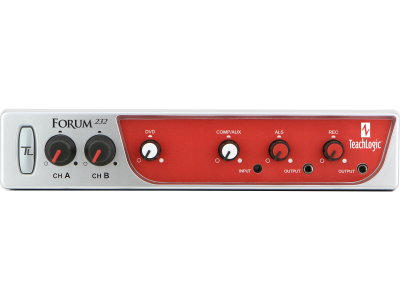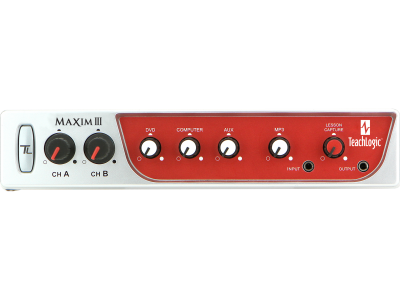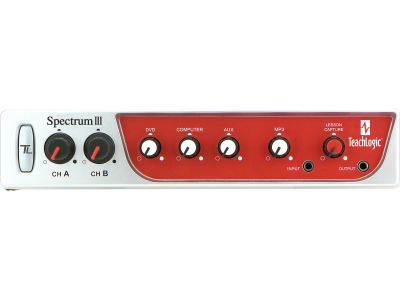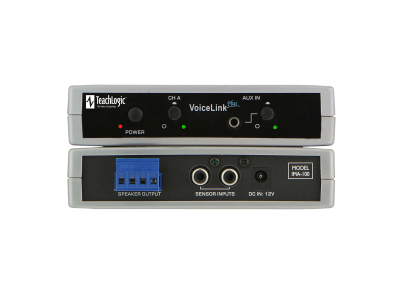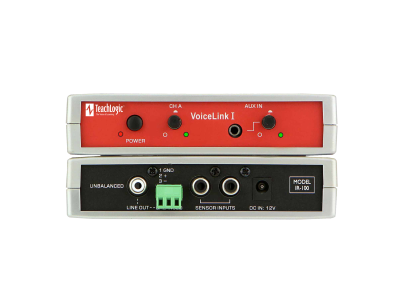“What are we supposed to be doing again?”
It’s a common question teachers hear, and probably one of the most disheartening, especially after you’ve been speaking at length to your students. Perhaps you’re familiar with this scenario. You give a lesson on finding the central idea of a text and give the class a set of texts and tell them to highlight the main idea, then begin your walk around the room to make sure everyone is staying on task. All the students seem to be working diligently. They’re highlighting and flipping through pages. Then you notice a student named Demarion in the back has his hand raised. He needs help, you think, and you’re more than happy to provide it.
“Yes, Demarion.”
“What are we supposed to be doing again?”
Hiding your disappointment, you go over the day’s lesson and instructions with Demarion again one-on-one, and then he begins the task with a full understanding of what’s expected of him. Another educational crisis averted.
But you know it will surely happen again, and sooner than you’d like, with Demarion or another student because you’ve been here before.
It’s easy to assume Demarion or any other student that asks the question just wasn’t paying attention. But what if there’s more going on here?
There’s a common assumption among teachers that if you speak loud enough and if the room is quiet enough, every student in the classroom should be able to clearly hear and understand what you’re communicating. But that’s not actually the case. In a typical classroom of 1000 square feet, the distance from the front of the room where the teacher is speaking to the back of the room attenuates the sound of the teacher’s voice significantly more than most people realize. This means that if Demarion is sitting in the back of the room when you’re giving instructions for the day’s assignment, he can’t hear you as well as Callie who is sitting in the front.
Even worse, it’s the consonant sounds, such as “h,” “s,” “f ,” and “ph,” that get attenuated while lower frequencies tend to travel farther and end up muddying the sound. What sounds clear to you from the front of the room may very well sound more like the teacher from the old Peanuts cartoons to Demarion in the back.
There is also the issue that most classrooms aren’t as quiet as you think. According to a research summary by Echophon, classroom noise has a significant impact on voice intelligibility and student understanding. Classroom noise can come from a variety of sources, both internal and external. Inside the classroom, it’s not uncommon to hear students talking, coughing, or rummaging through belongings, as well as ambient noise coming from an air conditioner. Outside the classroom, noise can be produced by students walking and talking in the hall, sounds from adjacent classrooms, or outside noises such as planes flying overhead or inclement weather.
According to the summary, “Typical classroom babble at an average of 65 dB has a significant impact on verbal tasks, arithmetic and speed of answering.” Furthermore, studies show that students perform better within lower noise levels, which promote longer processing times and better accuracy.
In addition to the attenuation that happens across classroom distance, classroom noise is a significant disruptor of hearing and understanding for students. So when a student asks what they’re supposed to be doing after you’ve given clear instructions to the entire class, the issue may be that they just couldn’t hear you.
Speaking louder won’t solve the problem. According to our findings, when a teacher raises their voice, vowel sounds begin to mask the consonants, impeding intelligibility.
Instead, installing a Sound Field system, utilizing a wireless microphone and speakers evenly distributed around the classroom, is a proven method for increasing teacher intelligibility and student understanding. In fact, a study by the U.S. Department of Education has shown that “when the teacher’s voice was amplified, all students regardless of hearing ability showed significant (10-15%) gains in academic achievement, and were noted to achieve in reading and language arts at a faster rate, and to a higher level.”
Because students can’t hear as well as you think, voice amplification can increase the level of understanding of your students every time you communicate, which is great news for them and for you.



